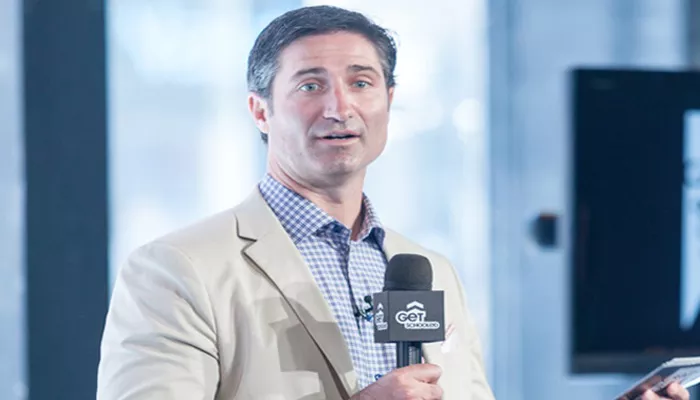Starbucks cafes have become increasingly crowded with mobile orders, leading to frustrated customers and overworked baristas. Addressing this issue will likely be a top priority for Brian Niccol when he assumes the role of CEO on September 9th.
Both investors and executives have identified operational challenges as a key factor behind Starbucks’ recent decline in sales. The mobile app, which accounts for about one-third of the chain’s total sales, has been particularly problematic.
Former CEO Howard Schultz, who remains involved with the company, referred to the app as Starbucks’ “biggest Achilles heel” during a June appearance on the “Acquired” podcast.
The complexity of mobile orders, often involving customizations like cold foam or syrups, not only increases profits but also significantly slows down baristas, leading to longer wait times and customer dissatisfaction.
Mobile Growth Outpaces Operations
In late April, current CEO Laxman Narasimhan acknowledged that Starbucks was struggling to meet morning demand, causing some customers to avoid stores due to long wait times. Schultz personally experienced the issue during a visit to a Chicago location, where he described the scene as a “mosh pit,” far from the calm environment Starbucks aims to provide.
Niccol’s challenge will be to make mobile orders more efficient to alleviate the crowding issue. Schultz originally positioned Starbucks as a “third place” between work and home, but the rise of mobile ordering has shifted customer behavior, with many now prioritizing convenience over the in-store experience.
However, Starbucks has been slow to adapt its operations to this shift. When Schultz stepped down as CEO in 2017, handing over to Kevin Johnson, the focus on technology and digital sales grew, but operational issues began to emerge. Schultz returned as interim CEO in 2022, noting that the company had failed to anticipate the necessary technological upgrades to handle the app’s growing popularity.
Pressure on Baristas And Shareholders
The inefficiencies in mobile orders have also contributed to barista burnout, a factor in the rise of employee unionization efforts that began in 2021. By November, Starbucks Workers United, representing workers at around 450 U.S. stores, called on the company to disable mobile ordering during promotions. Starbucks indicated it was already working on making this possible.
Shareholders are keenly aware of these challenges. Nancy Tengler, CEO and Chief Investment Officer of Laffer Tengler Investments, which holds shares in both Starbucks and Chipotle, highlighted the issue of long wait times in busy locations like New York City. Tengler suggested that Niccol will need to address the balance between mobile and in-store orders to enhance customer experience.
Learning From Chipotle’s Success
Niccol’s experience at Chipotle could prove invaluable in addressing Starbucks’ mobile order challenges. Under his leadership, Chipotle embraced digital sales by introducing a second prep line dedicated to online orders and adding drive-thru lanes for mobile order pickups, known as “Chipotlanes.”
Niccol also oversaw the growth of digital sales through various promotions, such as offering sports stars’ favorite orders and launching digital-only options like quesadillas. Chipotle has even experimented with automation to streamline the preparation of mobile orders.
Steps Toward Improvement
Starbucks has begun implementing changes to improve service speed and reduce the burden on baristas. In 2022, under Schultz’s leadership, the company introduced a reinvention plan that included new equipment and processes aimed at addressing bottlenecks. More recently, Starbucks updated its mobile app to provide real-time updates on order status, and in July, it rolled out the “Siren Craft System” across North America to help baristas make drinks faster.
However, these measures may not be enough. The rollout of new equipment has been slow, with only 40% of North American locations expected to have the new machines by the end of fiscal 2026. Speeding up this timeline could significantly reduce service times and ease the pressure on baristas.
According to TD Cowen analyst Andrew Charles, Niccol’s credibility with investors will be crucial. If Niccol can convincingly explain how his strategies will solve Starbucks’ mobile order problem, he is likely to gain their support.
Niccol’s ability to navigate these challenges will be key to revitalizing Starbucks and restoring customer satisfaction.

